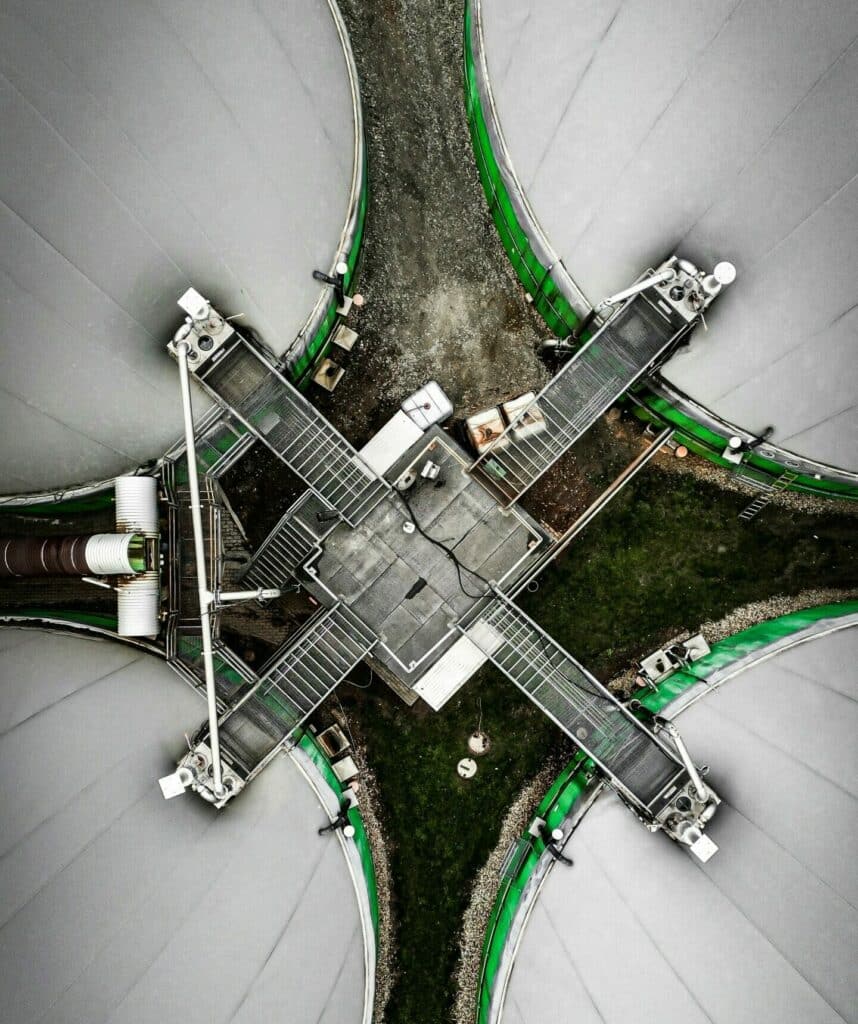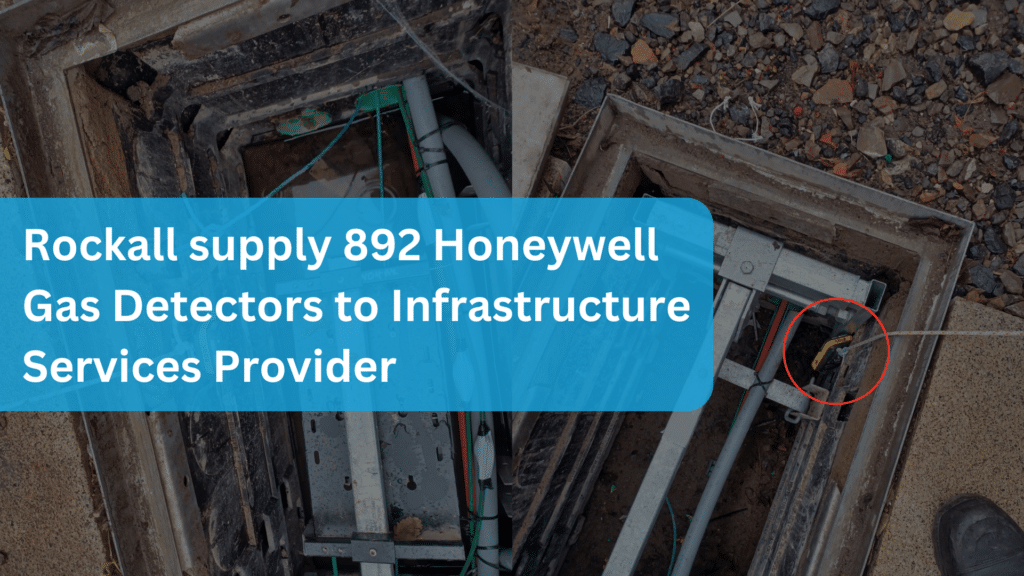
Introduction of the industry
Biogas Facilities: Transforming Organic Waste into Renewable Energy
The significance of biogas facilities is multifaceted. They offer a sustainable solution to two pressing challenges:
- Waste Management and Greenhouse Gas Mitigation: By diverting organic waste from landfills, AD facilities significantly reduce greenhouse gas emissions. Landfills foster the decomposition of organic matter in an uncontrolled manner, leading to the release of methane, a potent greenhouse gas with a significant impact on climate change. Biogas facilities effectively capture this methane, preventing its release into the atmosphere and mitigating its detrimental environmental effects.
- Renewable Energy Production: The captured biogas emerges as a clean burning and versatile alternative to fossil fuels. This renewable energy source can be utilised in a multitude of ways, including electricity generation for powering homes and businesses, providing heat for buildings, or even fuelling vehicles for cleaner transportation. Biogas facilities essentially create a closed-loop system, transforming waste into a valuable and sustainable energy source.
Watch our collaboration with AD Fuels here https://www.youtube.com/watch?v=eB3XXiFhutM&t=70s
The need for gas detection in Biogas Facilities
Biogas facilities, champions of sustainable waste management and renewable energy production, rely heavily on robust gas detection systems. These facilities, while offering environmental benefits, harbour several potential gas hazards. Implementing gas detection protocols is paramount for safeguarding personnel, optimising biogas production, and ensuring the smooth operation of the entire system.
Spectrum of Gas Threats:
- Methane (CH4): The primary component of biogas (typically 50-75%), methane is a highly flammable gas. Leaks in pipes, valves, or storage tanks can create a serious explosion risk if an ignition source is present.
- Carbon Dioxide (CO2): This non-flammable gas, although not directly toxic, can displace oxygen and lead to asphyxiation in confined spaces like digester tanks or pump stations.
- Hydrogen Sulphide (H2S): This toxic gas, often present in trace amounts, can irritate the respiratory system and even lead to unconsciousness at high concentrations.
- Ammonia (NH3): Another potential gas hazard, ammonia, can irritate the eyes, skin, and respiratory system.

Gas Detection in Biogas Facilities
By employing strategically placed gas detectors, biogas facilities can proactively address these gas hazards:
- Early Leak Detection: Gas detectors can identify even minor leaks before they reach dangerous levels, allowing for prompt repair and minimising the risk of explosions or fires. This not only safeguards personnel but prevents the loss of valuable biogas.
- Worker Safety: Portable gas detectors worn by workers alert them to the presence of hazardous gases, enabling them to evacuate confined spaces or take necessary precautions to avoid exposure.
- Process Optimisation: Monitoring methane levels within the digester helps maintain optimal conditions for the microbial community responsible for biogas production. Deviations from ideal methane concentrations can indicate potential issues with the digestion process, allowing for timely adjustments.
- Environmental Compliance: Many regulations mandate the use of gas detection systems in biogas facilities to ensure worker safety and minimise environmental impact through leak prevention.
Tailored Detection Solutions
Biogas facilities utilise various gas detection technologies suitable for diverse applications:
- Fixed Gas Detectors: Permanently installed at critical locations, these detectors offer continuous monitoring and trigger alarms if gas concentrations exceed safe limits.
- Portable Gas Detectors: Essential for personnel safety, these handheld devices provide real-time monitoring and alert workers to hazardous gas levels in their immediate vicinity.
- Area Monitors: Useful for pre-job safety assessments or general monitoring of larger work areas, these portable units offer a broader range of gas detection within a designated zone.
Gas detection serves as a cornerstone of safe and efficient biogas operation. By proactively identifying and addressing gas hazards, facilities protect the well-being of their workers, ensure optimal biogas production, and contribute to a more sustainable future. Investing in gas detection safeguards not only personnel but the entire biogas production process, solidifying the role of these facilities as champions of environmental responsibility.
To read the full details and to see what products we recommend, download our industry guide today!





